The 10 Extreme Airport Landings Worldwide

Did you know there are around 40,000 airports globally, excluding private airfields? Some handle over a thousand flights, while others just a handful. Certain airports are only accessible by expert pilots due to their remote and stunning locations, like Norway and Antarctica.
Picture this: a plane attempting a landing on a remote, ice-covered flight path, only to encounter a polar bear occupying the runway. Then, imagine a dramatic landing in the Himalayas, where a commercial airliner has to manoeuvre amidst narrow, mountainous terrain, similar to scenes from a Star Wars film. These are just glimpses of the exhilarating experiences pilots and passengers face at some of the most extreme airports worldwide. We commend the skilled aviation professionals who navigate these challenging runways daily. We invite you to join us as we explore the top thrilling airport landings worldwide.
1. Paro Airport, Bhutan
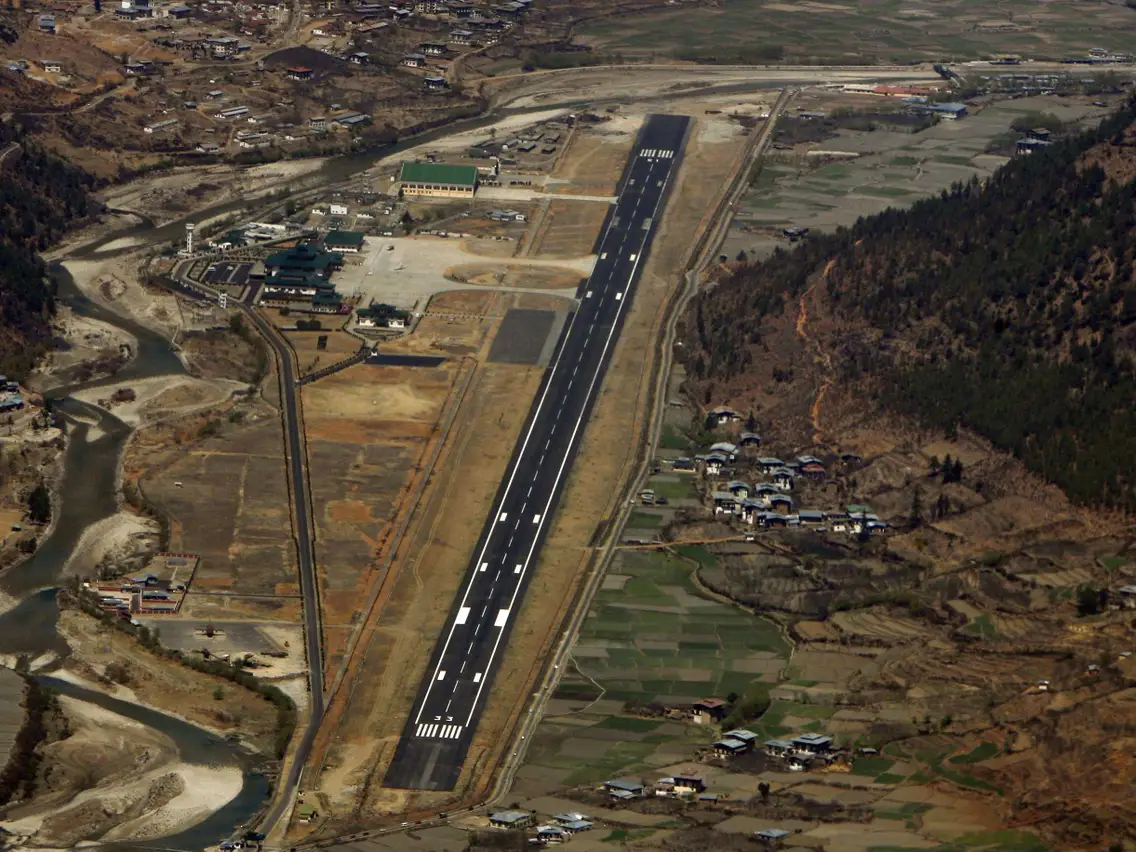
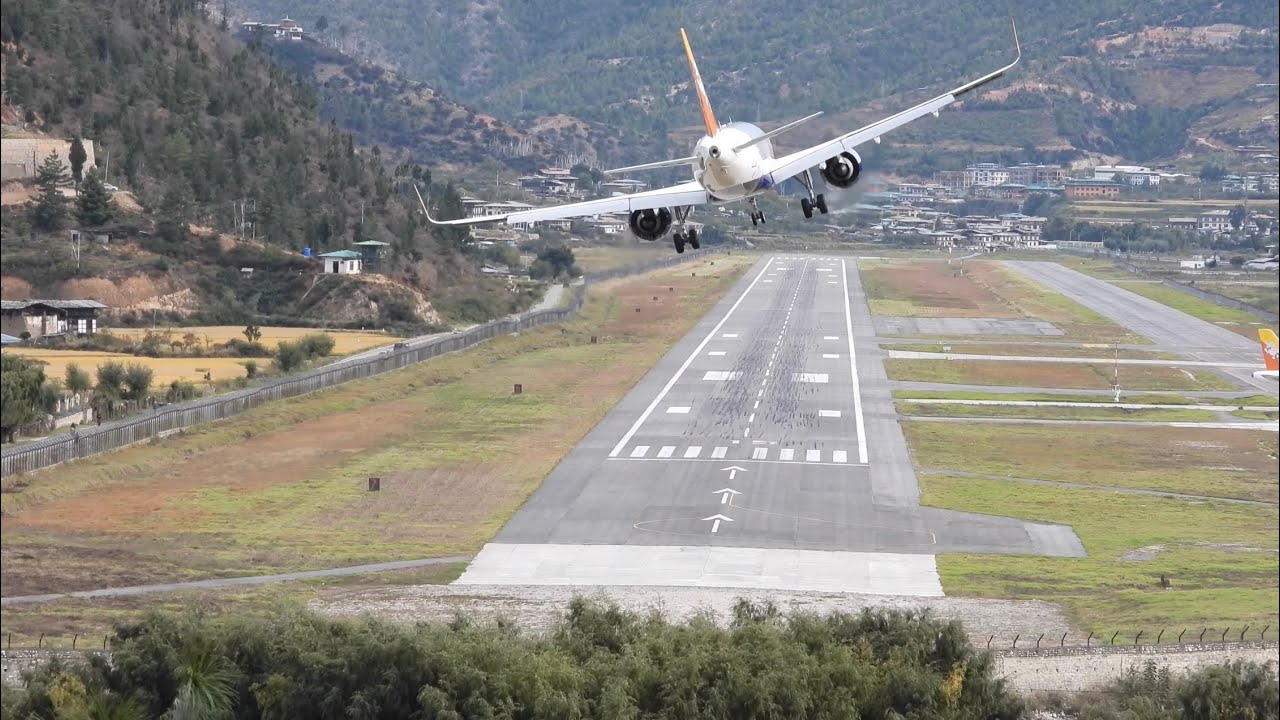
Paro Airport (VQPR) is the sole international airport of the four airports in Bhutan. Nestled amid 18,000-foot Himalayan peaks in a deep valley, it is renowned for its challenging approach.
At most 20 qualified pilots are permitted to land there. The 6,500-foot runway allows only daytime operations. Pilots must navigate through narrow valleys, between mountains at a 45-degree angle, and make a sharp turn to align with the runway. In addition, they have to contend with unpredictable winds and mountainous terrain. Despite the suspense, passengers often applaud upon landing, and stepping into the temple-style airport amidst fresh air makes the adventure worthwhile.
2. Gibraltar Airport, Gibraltar


Gibraltar Airport (LXGB) features a 5,500-foot runway, which, while not challenging to land on, poses unique dangers. The city's main street Winston Churchill Avenue intersects the runway, necessitating closure during landings. Moreover, the runway ends abruptly at the sea on both sides, requiring pilots to break immediately upon touchdown.
The runway has been facilitating commercial flights since 1987. Originally constructed during World War II for military use, it was opened in 1949 and primarily served as an emergency base for the UK.
3. Courchevel Altiport, France


Courchevel Altiport (LFLJ) features a challenging 1,700-foot runway with a steep gradient, accessible through deep valleys and exclusively for certified pilots. The runway's unique design adds to the difficulty, with a gradient of 12.5% for the first 440 ft, abruptly increasing to 18.66% for the next 940 ft. This extreme gradient can create a visual illusion of being too high, leading to dangerously shallow approaches. With no room for error, pilots must execute flawless landings on their first attempt.
Furthermore, the absence of lights or instrument aids makes landing impossible in poor weather conditions, adding to the airport's reputation as one of the most challenging in the world.
4. Princess Juliana Airport, St. Martin
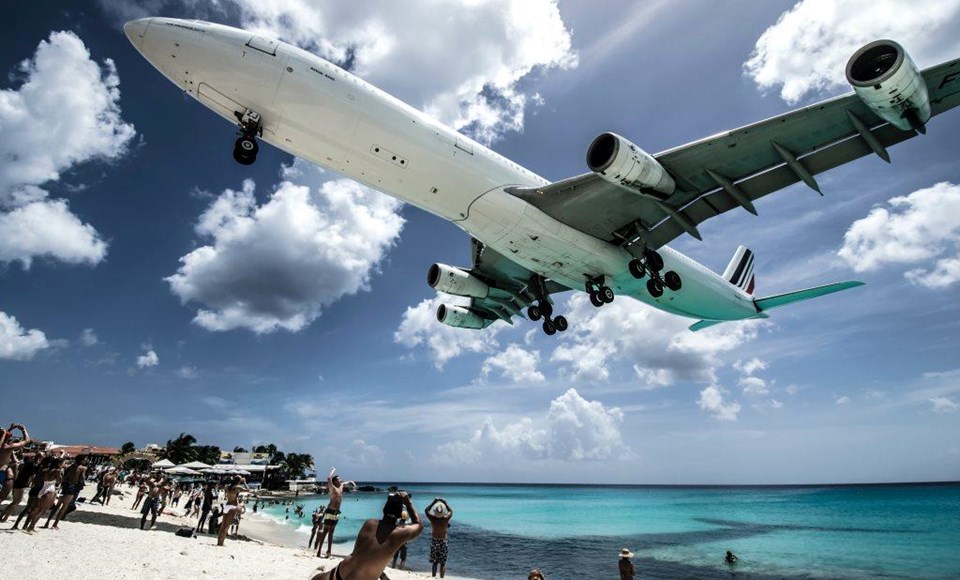
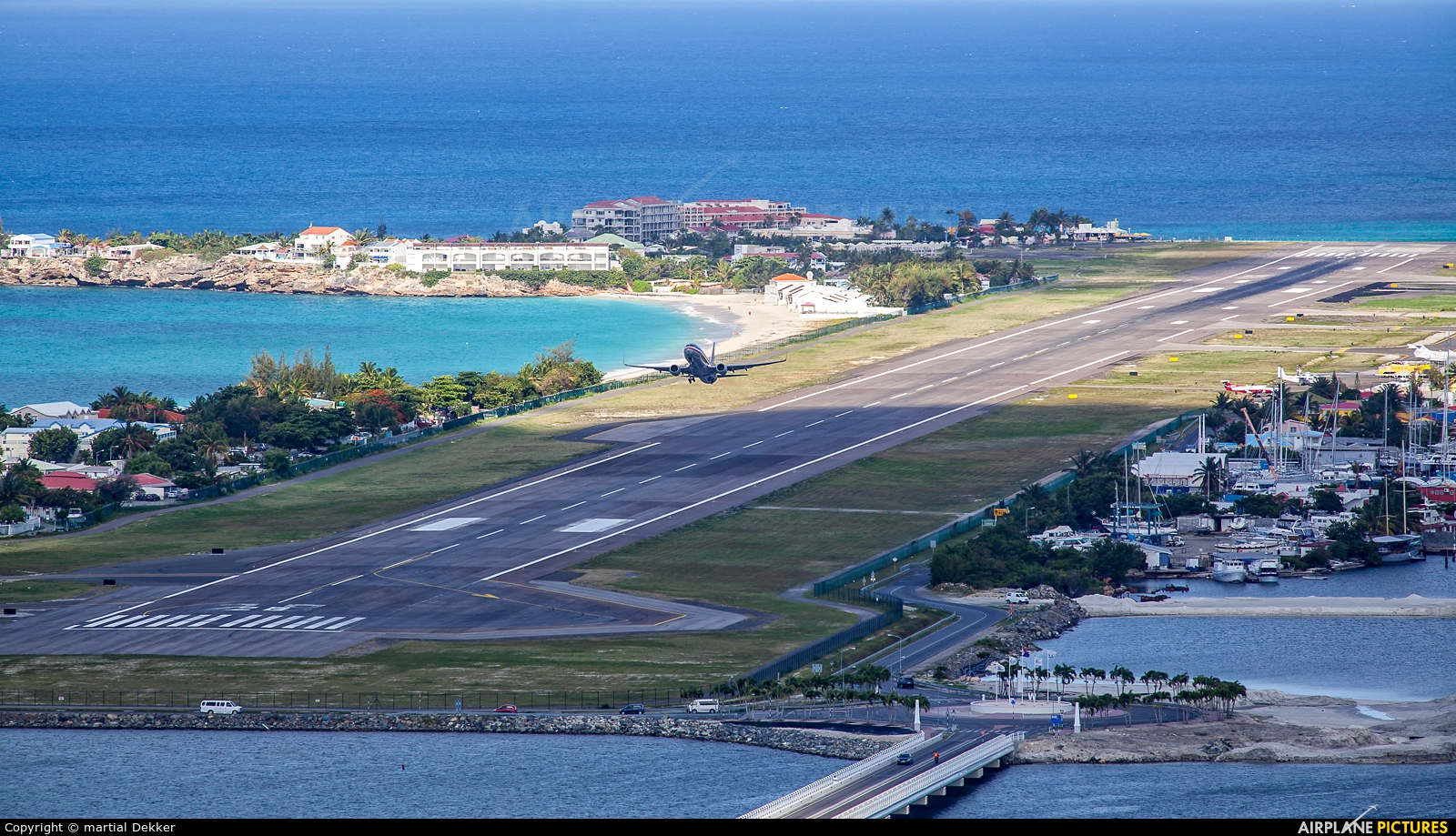
Renowned for its low-altitude approaches over Maho Beach, Princess Juliana Airport (PJIAE) presents pilots with challenges due to its proximity to the shoreline and strong crosswinds. Careful navigation is essential to avoid beachfront buildings during landings.
The 7,100-foot runway requires planes to approach over the water at an incredibly low altitude, appearing to be just feet above the heads of the public. Maho Public Beach, situated at the end of the runway, experiences gusts of wind and sand, providing sunbathers with a thrilling experience and Instagram-worthy shots.
5. Narsarsuaq Airport, Greenland


Narsarsuaq Airport (BGBW), situated in the southern reaches of Greenland amidst a maze of majestic fjords, poses unique challenges to pilots. Fierce winds sweep across the runway, creating turbulence and making landings particularly challenging for pilots. These unpredictable weather patterns add an element of excitement and adventure to every flight into Narsarsuaq.
Another airport's unique feature is its proximity to the nearby volcano. While the volcano's dormant state provides a stunning backdrop to the airport, it also poses a potential risk to aviation. Eruptions can occur unexpectedly, releasing clouds of ash that can obscure visibility and disrupt air travel. Pilots must remain vigilant and prepared to adjust their flight plans accordingly when volcanic activity is detected.
6. Juancho E. Yrausquin Airport, Saba, Dutch Caribbean


Juancho E. Yrausquin Airpor (TNCS) lies on the idyllic island of Saba, famously featured in the original King Kong movie. This tiny airport boasts one of the world's shortest commercial runways, spanning a mere 1,300 ft. Only pilots with extensive training and experience are permitted to navigate the challenging terrain of Saba.
Approaching Saba Airport is an exhilarating experience, as the runway is positioned atop a cliff, offering a breathtaking view of the island's rugged terrain. Pilots must carry out a sharp left bank manoeuvre before making an immediate descent onto the short runway. The narrow margin for error adds an extra layer of excitement to every landing at this unique Caribbean airport.
7. Madeira Airport, Portugal

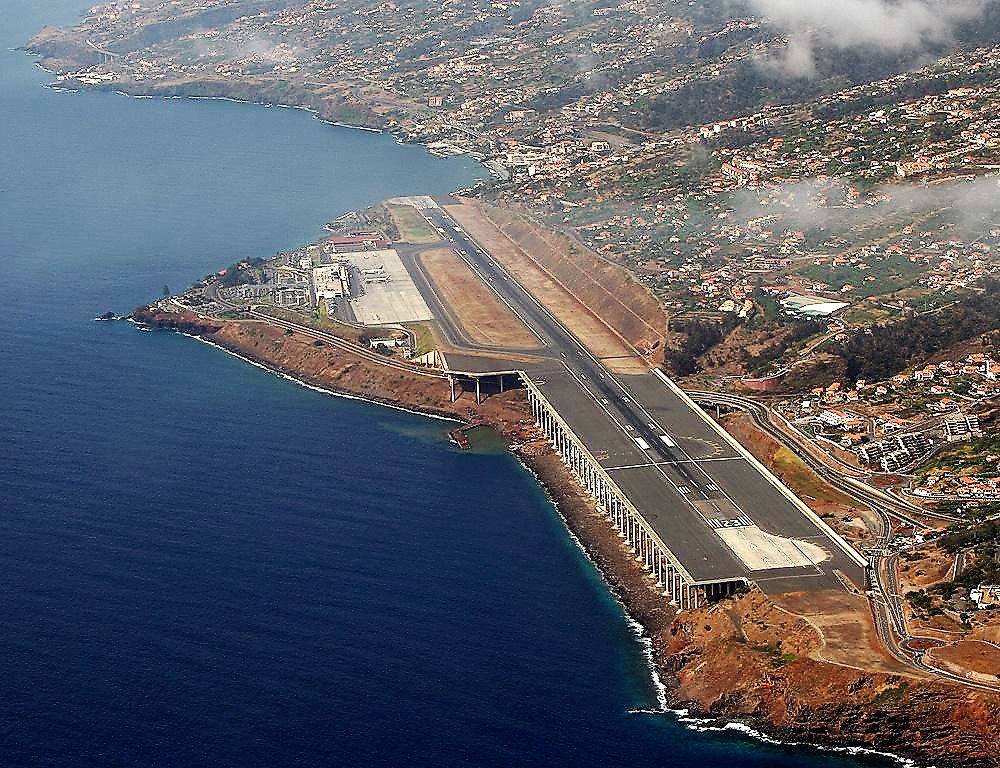
Engineers undertook a remarkable feat to expand the runway of Madeira Airport (LPMA) also known as Cristiano Ronaldo International Airport. They constructed platforms on an artificial island amidst cliffs and the ocean. Over 180 columns support the runway, enduring significant shock loading during landings.
The airport’s runway is often buffeted by Atlantic winds, while its proximity to the mountains and ocean present yet more difficulties. This is the only airport in the world with a mandatory wind limit. Pilots scheduled to arrive here must undergo additional training, studying the approach in detail.
Landings require coordinated efforts to spot landmarks due to the absence of instrument landing aids. With strong winds, high mountains, and ocean proximity, the airport poses considerable danger. Pilots must also contend with strong crosswinds and turbulence from the surrounding terrain during landings and takeoffs.
8. Williams Field, Antarctica
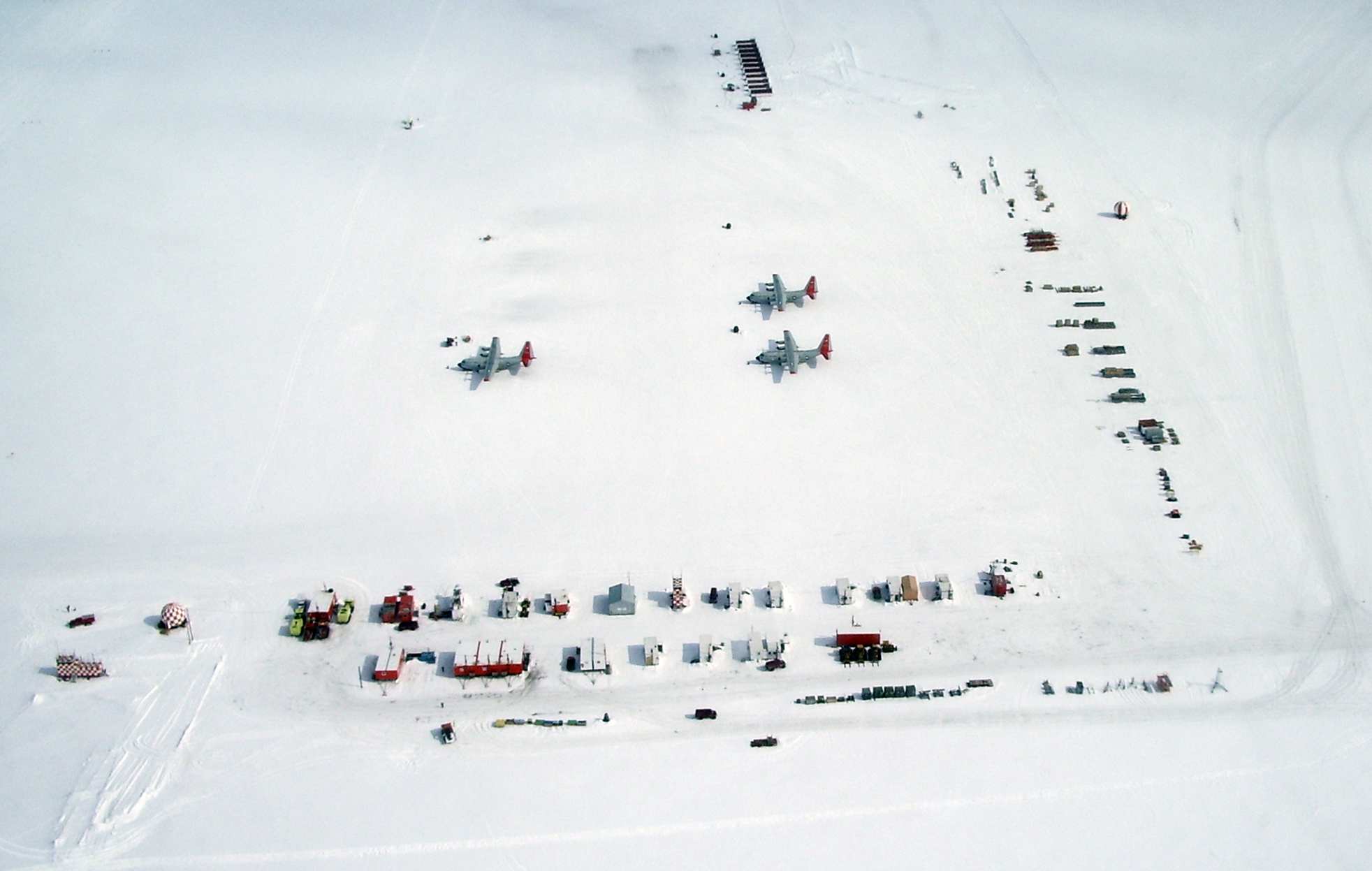
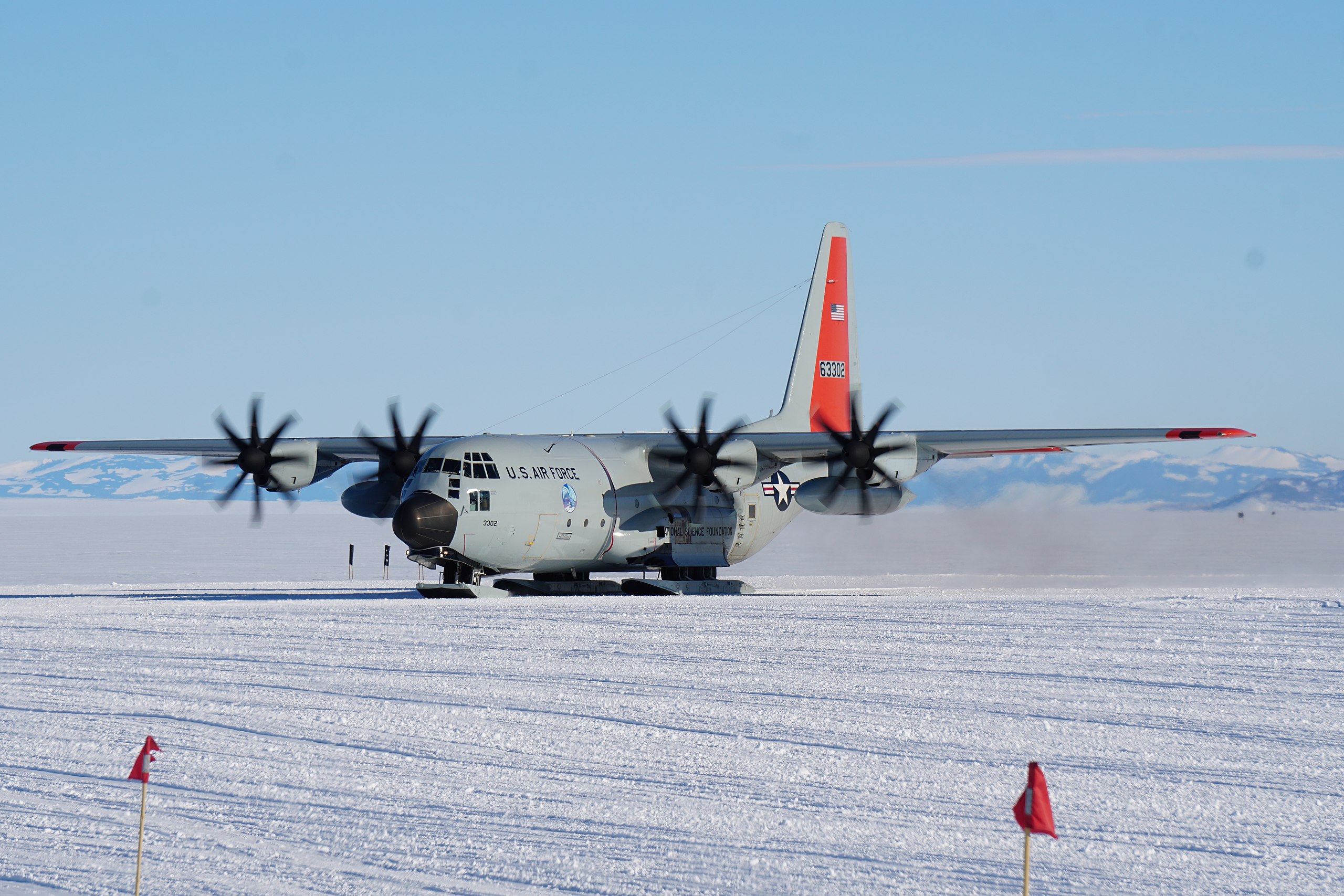
Williams Field, also known as Willy Field (NZWD), is a vital airfield operated by the United States Antarctic Program in Antarctica. Serving McMurdo Station and New Zealand's Scott Base, it sits on Hut Point Peninsula's volcanic rock on Ross Island.
The airfield's unique feature is its runway made entirely of "white ice." With two snow runways, it rests on 8 meters of compacted snow over 8–10 ft of ice, above 550 meters of water.
During the dark winter months, the region experiences 24-hour darkness. With no runway lights and frequent white-outs, pilots undergo specialised training for blind landings, relying solely on navigation instruments.
9. Tenzing-Hillary Airport, Nepal

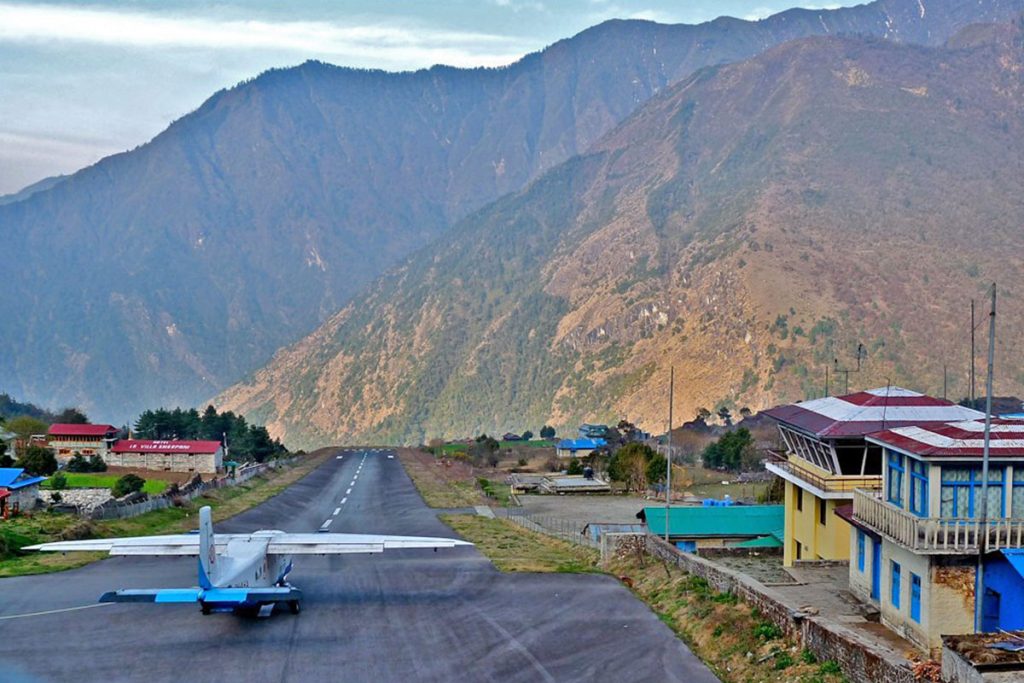
Tenzing-Hillary Airport (VNLK), also Lukla Airport, is located at an elevation of 9,325 ft, in proximity to Mount Everest. Named in honour of the pioneering climbers who first conquered the world's tallest peak, it serves as a vital hub for trekkers venturing into the Himalayan region.
Unpredictable weather conditions, strong winds, and steep terrain - these are the main challenges for pilots both during takeoffs and landings. Flight crew maintain constant communication with air traffic controllers. The runway measuring just 1,600 ft in length has significant slopes and angles as built on the side of a mountain. Additionally, at one end of the flight path is a mountain wall and at the other end is a 2,000-foot vertical plunge into the valley.
10. Svalbard Airport / Norway
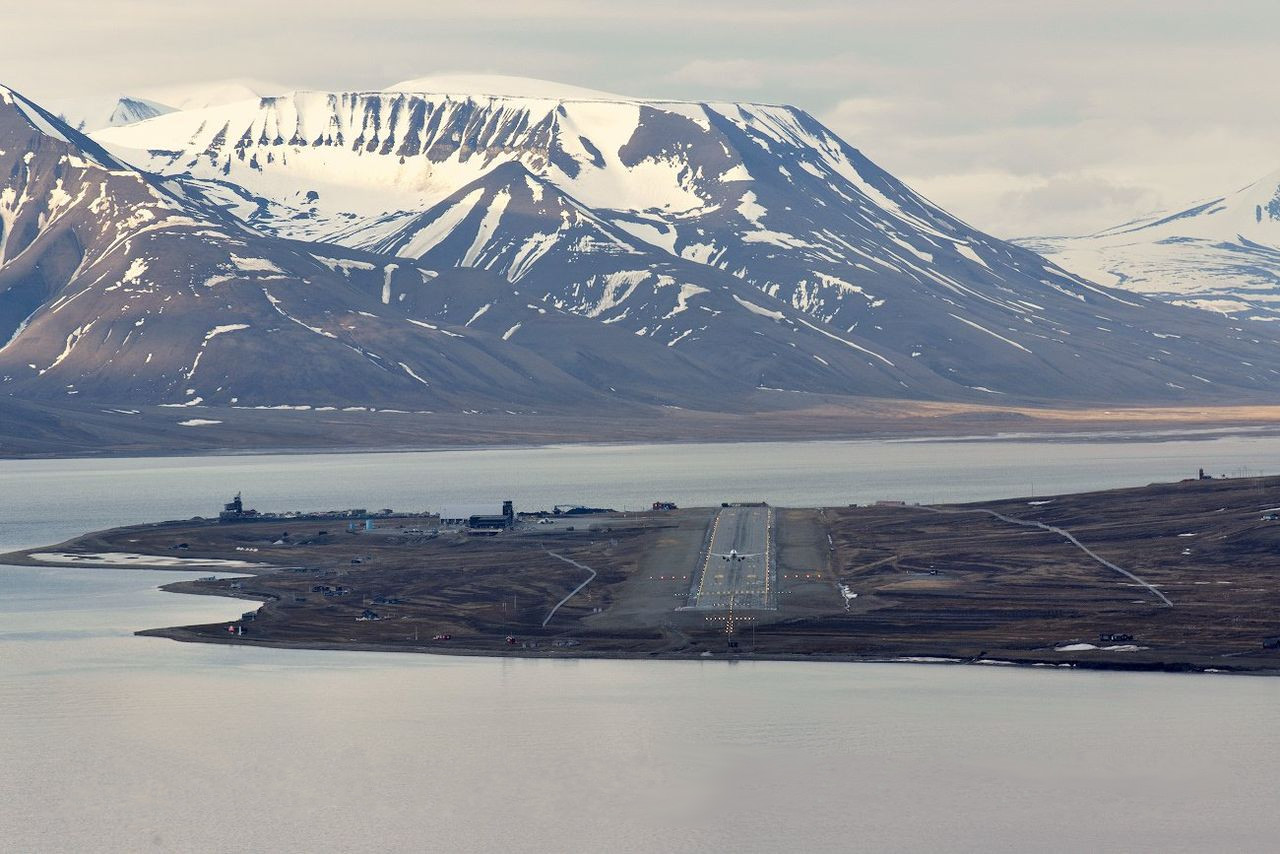
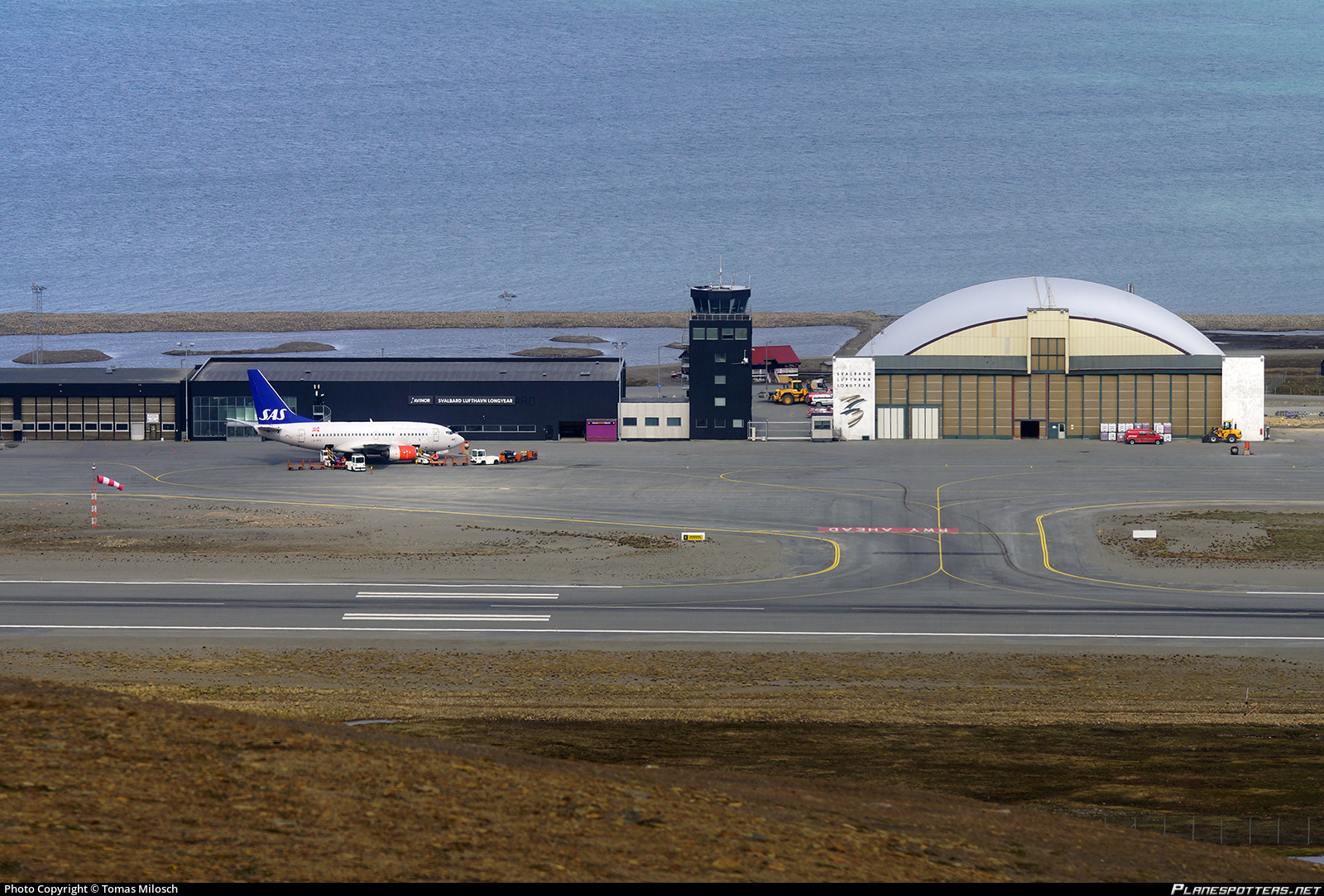
Located in Norway's Arctic archipelago of Svalbard, this airport poses unique challenges for pilots due to its remote location and harsh subarctic climate.
The airport's runway, measuring approximately 8,000-foot, is built atop permafrost and surrounded by icy terrain. Under the runways are culverts allowing water to run from the mountain.
Pilots must contend with below-freezing temperatures, strong winds, and frequent snowstorms, making landings and takeoffs particularly challenging. Due to the lack of runway lights, flights are only permitted during daylight, thus hindering flights during the winter when the sun never rises.
One fascinating aspect of Svalbard Airport (ENSB) is its proximity to polar bear territory, with occasional sightings of these majestic creatures near the runway. This necessitates strict safety protocols to ensure the protection of both passengers and wildlife.
















































